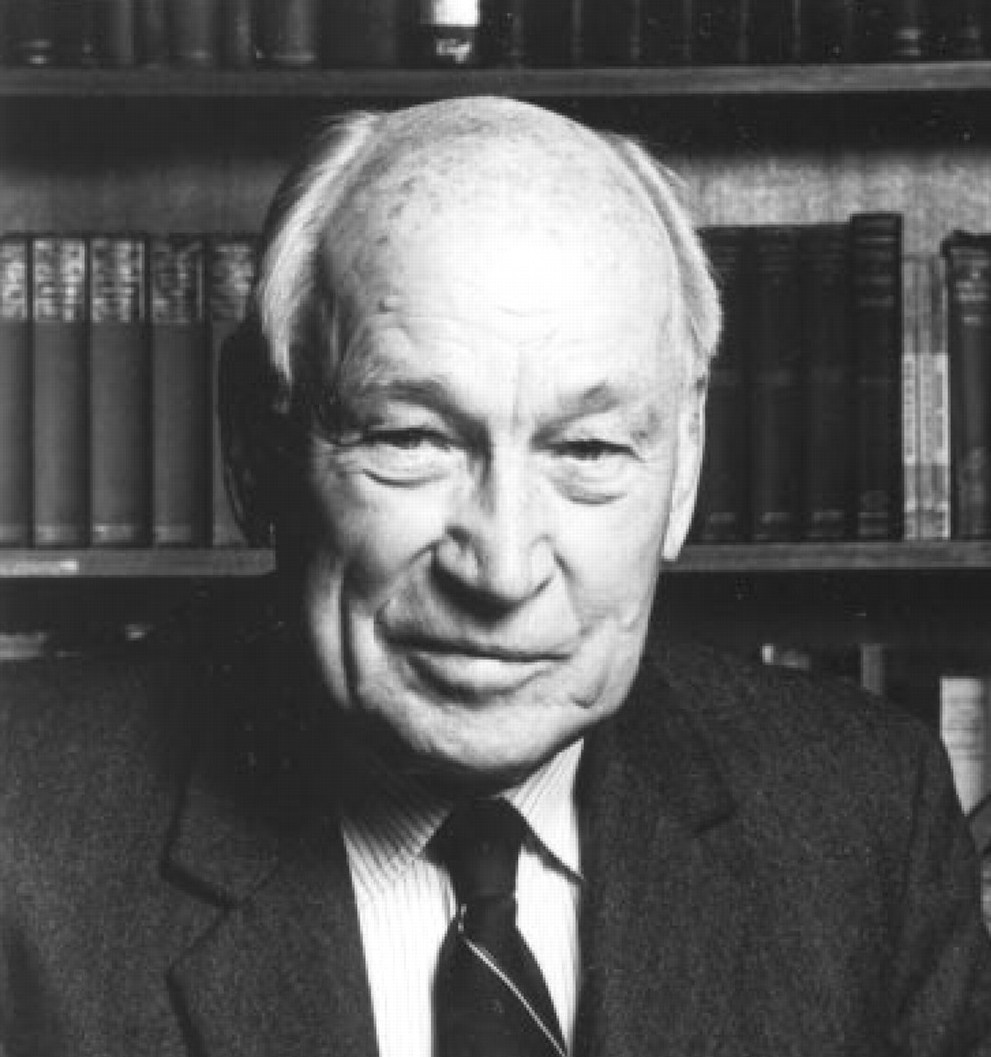History
Dr. Theodor Svedberg, working in his research lab in Sweden on separation of cellular components and other colloidal systems, developed an ultracentrifuge in the 1920s that could spin faster and create more force than any other centrifuge to date. He would win the 1926 Nobel Prize for his invention. However, his machines were huge and required dedicated laboratory rooms and power sources to operate.
Dr. Edward Pickels, a physics graduate student at the University of Virginia, refined the design of the centrifuge to be run using a vacuum system which reduced the friction in the rotor and therefore the instrument needed much less torque to create the necessary speeds for separation. This enabled the ultracentrifuge to be built in a much smaller footprint and fit in ordinary laboratory spaces. Dr. Pickels founded a new company, Specialized Instrument Company (SPINCO), to begin building and supplying these new centrifuges.
Polio Virus
In 1947, Drs. Loring and Schwerdt, two researchers at Stanford, used an ultracentrifuge to isolate the polio virus from a live culture sample. This purification method development was a key advance to developing the ability to mass manufacture the live-attenuated vaccine, first proven effective by Dr. Jonas Salk, and that was distributed nationally to end the polio epidemic in the 1950s.
SPINCO, a Division of Beckman Instruments
Despite this demonstration of the technology, sales of the ultracentrifuge systems were still low, and the new company nearly went bankrupt. In 1954, SPINCO needed a larger and more experienced manufacturing partner - they turned to Beckman Instruments and Dr. Beckman for advice. In 1955, SPINCO became a new Division of Beckman Instruments.

“One of the most significant innovations in the development of the life sciences was the analytical ultracentrifuge. It launched the modern age of molecular biology.”
Dr. Arnold O. Beckman
As part of the new partnership, Beckman Instruments and SPINCO began incorporating additional analytical instruments into the ultracentrifuge to expand the applications of the ultracentrifuge. For example, the Model E analytical ultracentrifuge, Amino Acid Analyzer, and protein sequencers became new products produced and distributed by Beckman Instruments. These instruments reduced the time to discovery for researchers working in the life sciences.
DNA Replication
In 1958, the Model E Analytical Ultracentrifuge was used in "the most beautiful experiment in biology" by Matthew Meselson and Franklin Stahl to support the Watson-Crick theory of semiconservative DNA replication. The experiment relied on the precise measurement of the density of DNA extracted from e. coli cells grown in different conditions, a measurement made possible by the new instrumentation developed by Beckman Instruments.









